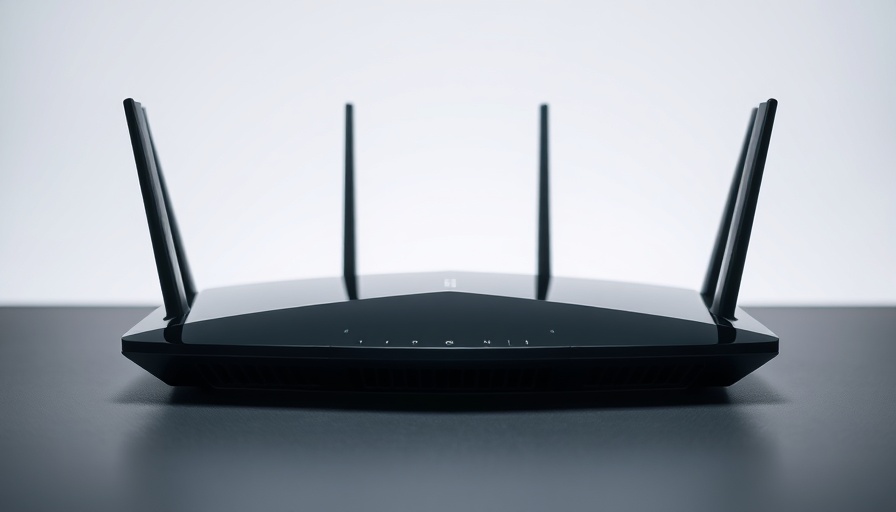
Why Your Slow Wi-Fi Might Not Be Your ISP's Fault
In today’s digital world, a stable internet connection is more crucial than ever. Work, leisure, and connected devices all depend on reliable Wi-Fi. Yet, many people experience slower-than-expected speeds, even when paying for high-grade service. The truth is, slow Wi-Fi can often be attributed to issues within one’s home setup rather than the service provider. Fortunately, simple adjustments can greatly enhance your network performance.
1. Choose the Right Hardware for Your Space
One fundamental step is ensuring you have the correct router for your home. Not all routers are designed the same way; their performance can hinge on factors like size, layout, and even materials of your home. If you have a larger house or multiple floors, consider investing in a mesh Wi-Fi system. These systems can distribute signals evenly throughout more extensive areas, mitigating dead zones effectively. Compared to traditional routers, mesh systems are particularly beneficial for streaming or gaming, where a solid connection is critical.
2. Placement is Everything
After hardware selection, the placement of your router plays a significant role in your Wi-Fi performance. Ideally, routers should be placed in a central location within the space to maximize coverage. Avoid areas with obstacles, like thick walls or appliances that may obstruct signals. Sometimes, even a slight elevation, like placing the router on a shelf, can improve signal distribution. Experimenting with router positioning can lead to instant improvements in coverage.
3. Adjust Frequency Settings
Modern routers typically offer dual frequencies: 2.4 GHz and 5 GHz. While 2.4 GHz has a more extensive range suitable for a larger distance, it’s also more prone to interference, whereas 5 GHz can deliver faster speeds but over a shorter range. If your devices support it, try connecting to the 5 GHz band when closer to the router. Users can also optimize their routers' settings via the admin interface, adjusting the channel settings to reduce interference from neighboring networks.
4. Regular Updates and Maintenance
Another often overlooked aspect is ensuring that your router's firmware is kept up-to-date. Manufacturers frequently release updates to enhance performance and security. Regularly checking for updates and rebooting your router can not only maintain its speed but can also deter potential security vulnerabilities. A properly maintained router can function much more effectively.
Getting the Most Out of Your Wi-Fi Connection
Ultimately, addressing Wi-Fi issues is often within your control. By investing in appropriate hardware, optimizing placement, adjusting frequency settings, and maintaining your network devices, anyone can transform their home internet experience. Don't let slow Wi-Fi hold you back from an optimal online experience—implement these simple tweaks for a more enjoyable, seamless connection.
 Add Row
Add Row  Add
Add 




Write A Comment